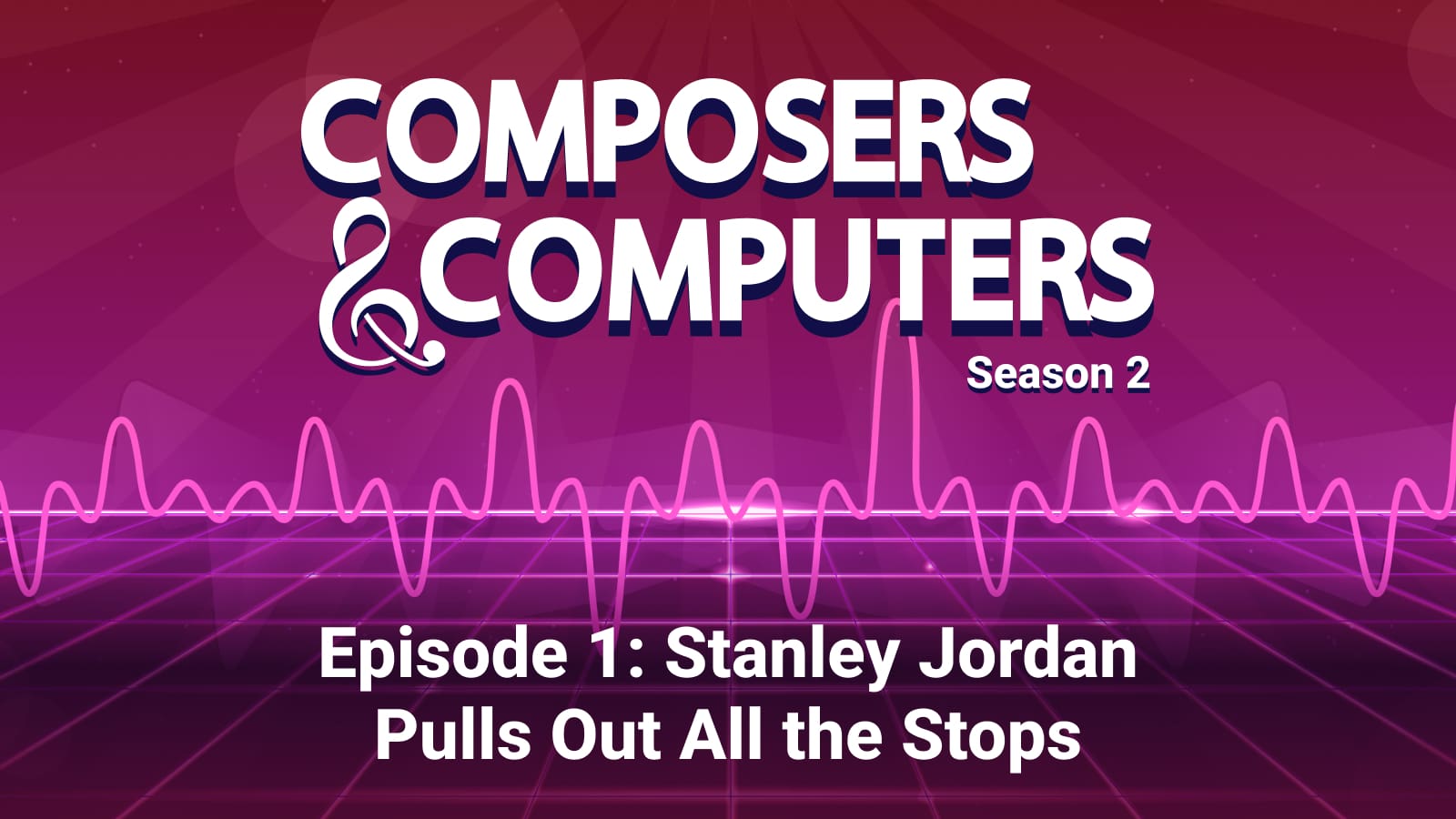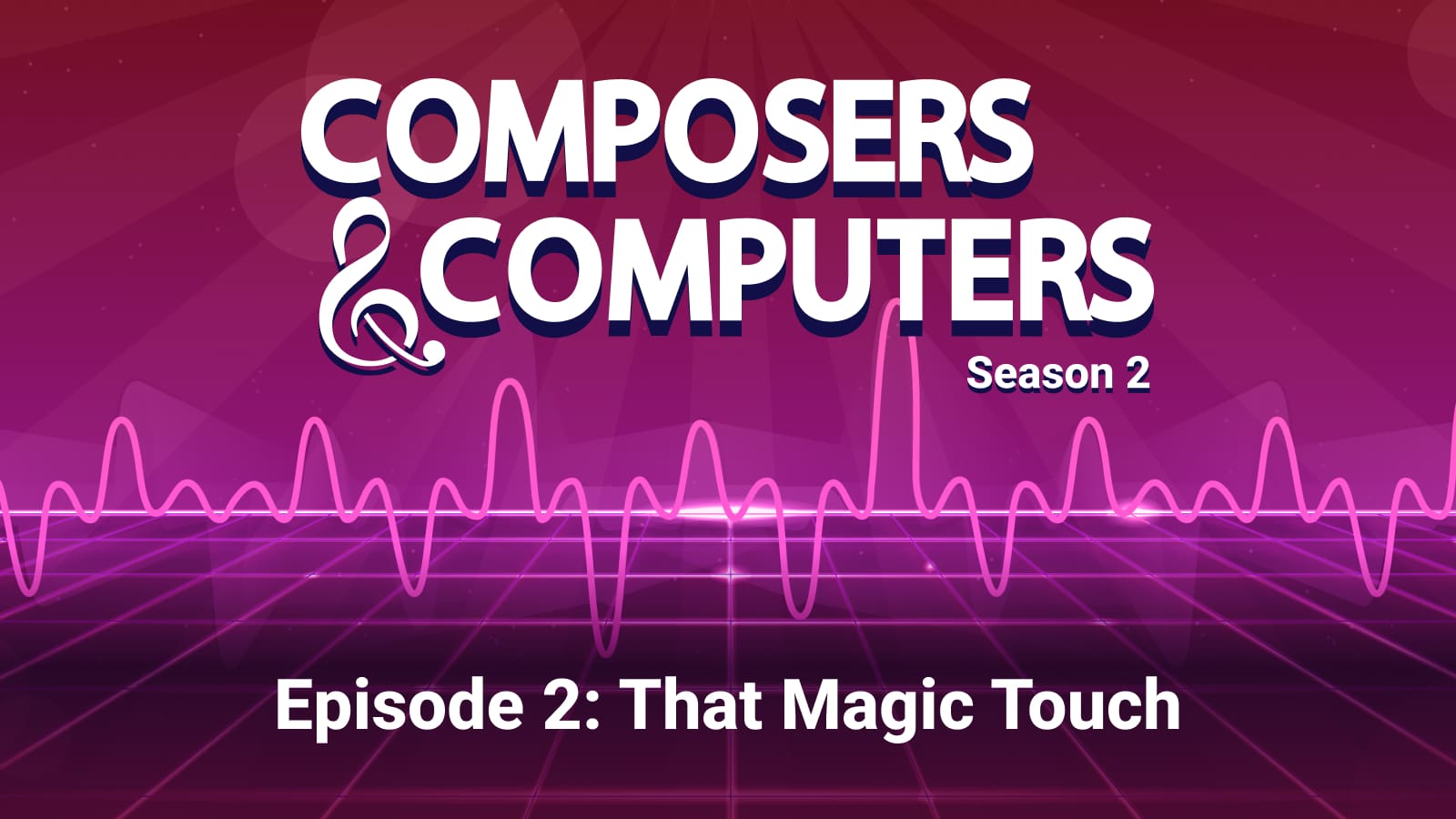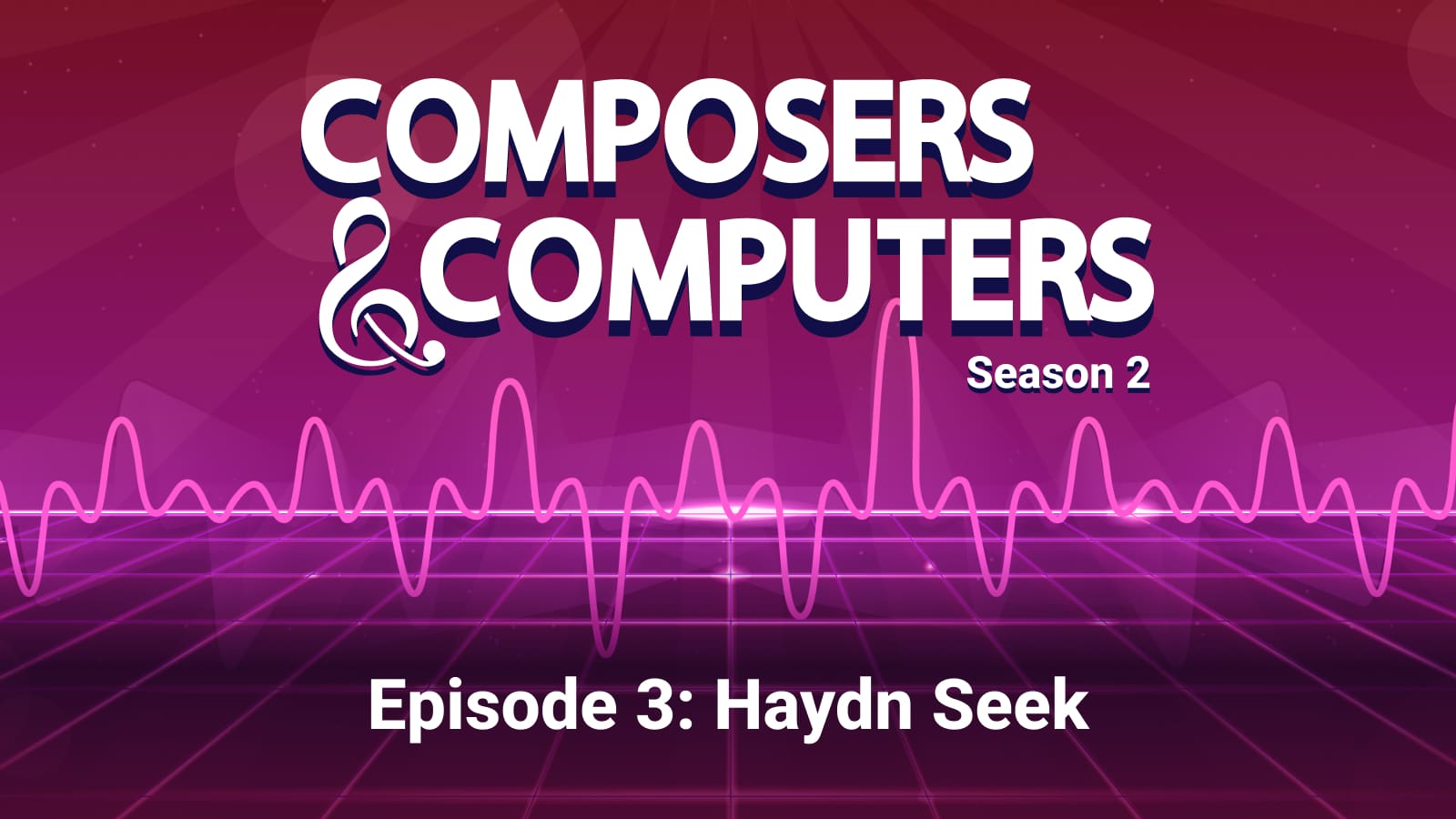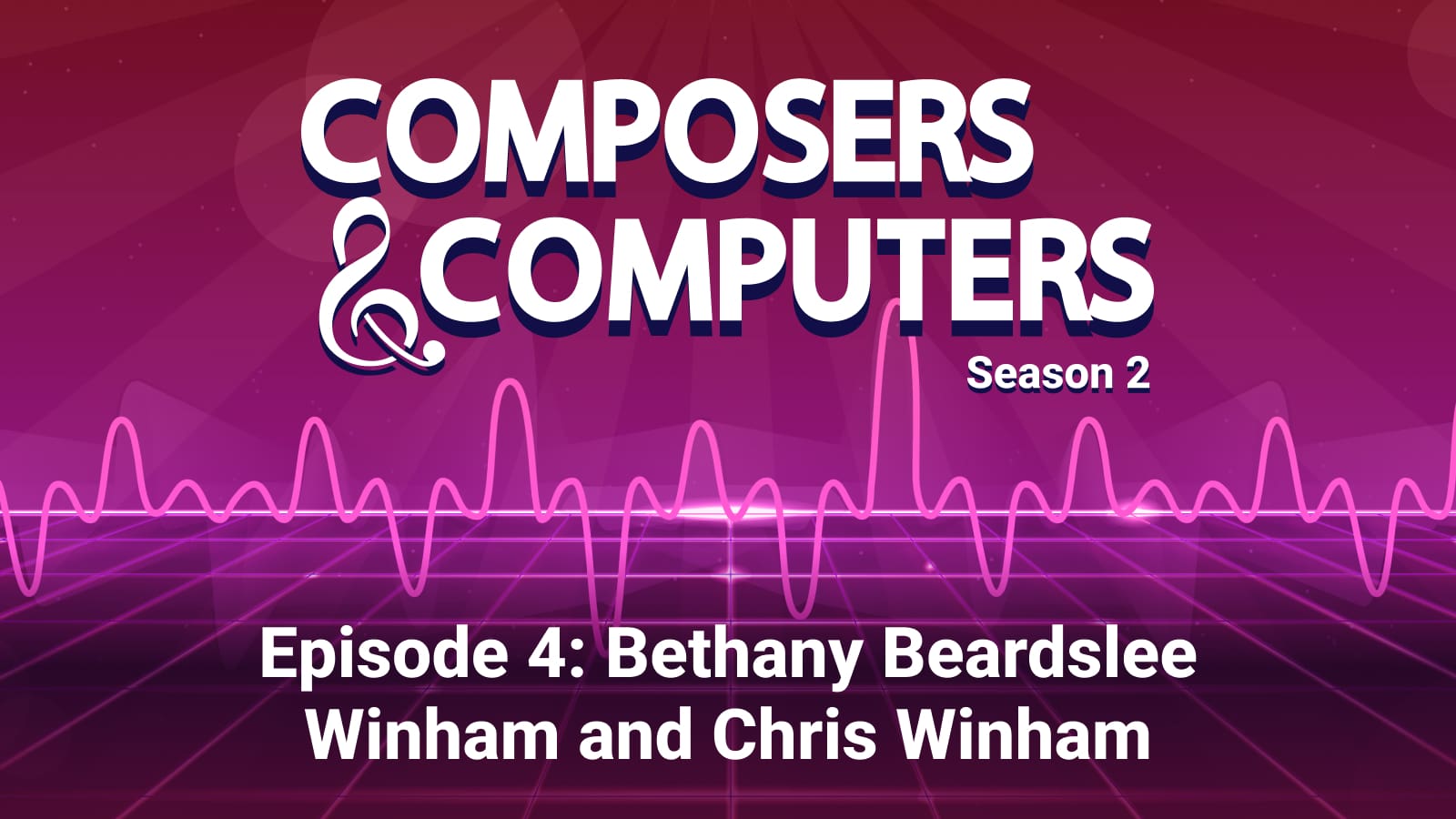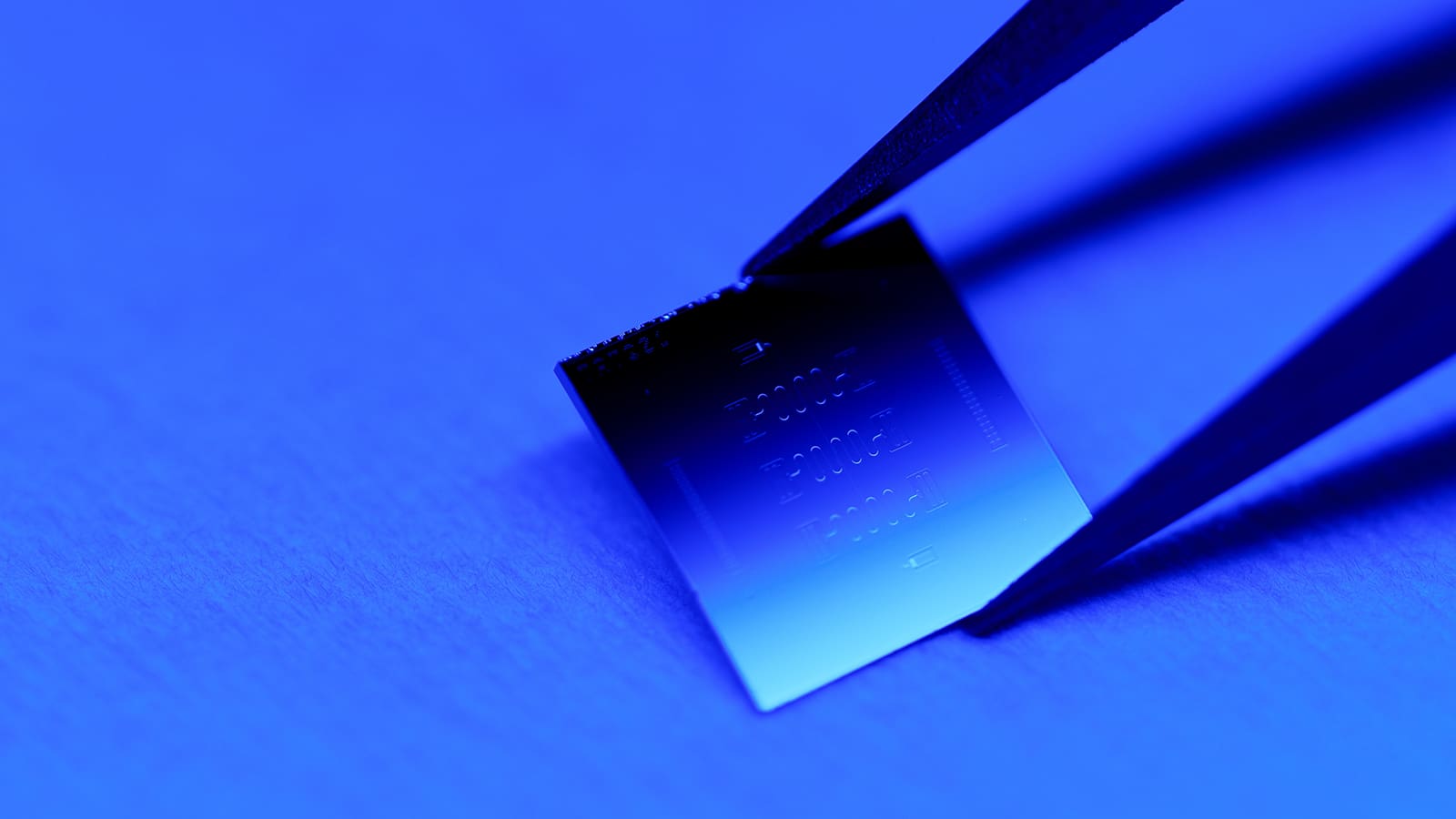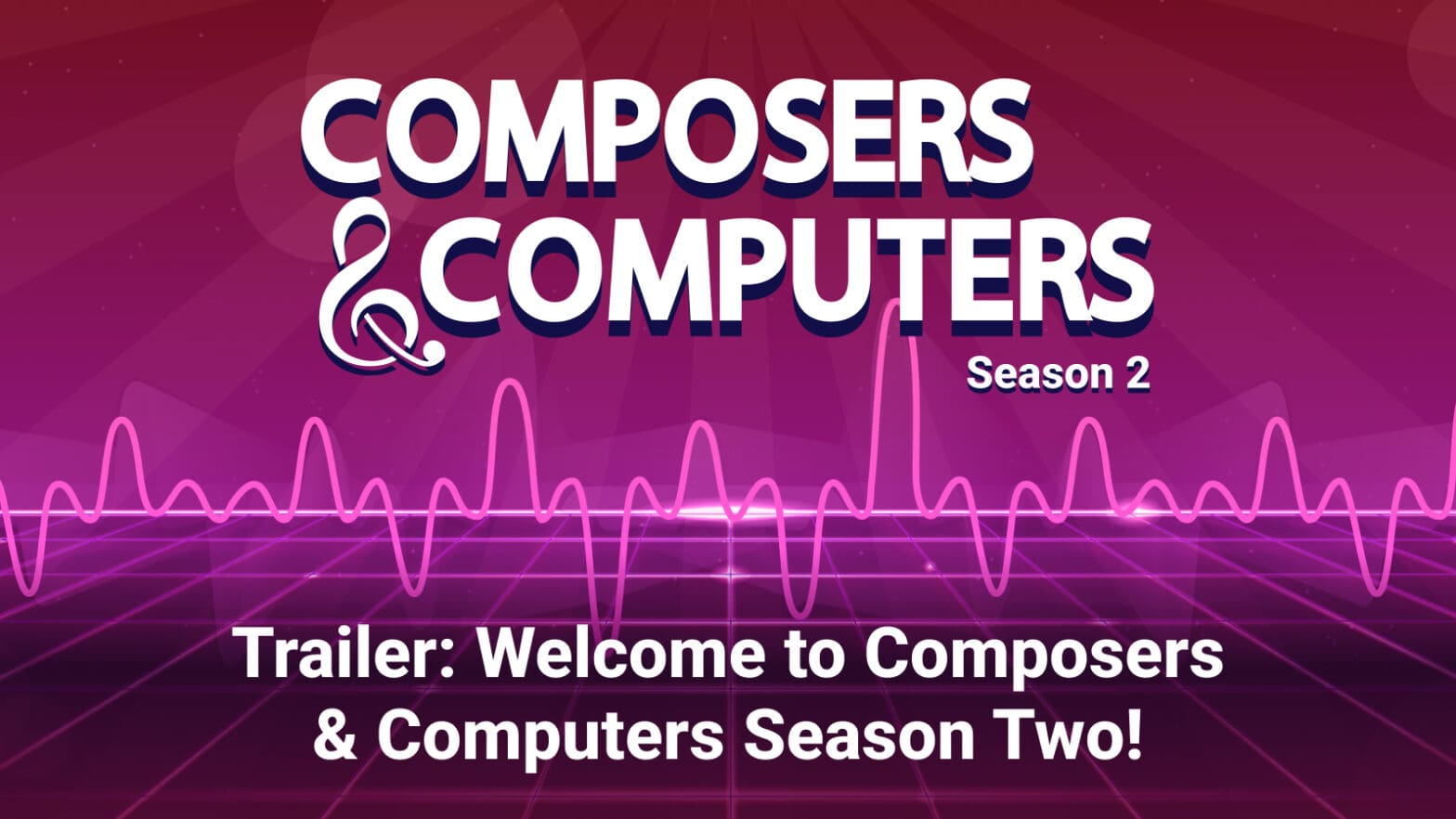
Stanley Jordan, computer musician: “Composers & Computers” podcast is back
By
on
This is from the series Composers & Computers, a podcast
Stanley Jordan. Innovator of the two-handed touch technique to coax a sweet, percussive sound out of an electric guitar. After graduating from Princeton University in 1981, he went on to become an acclaimed jazz musician known for his guitar pyrotechnics.
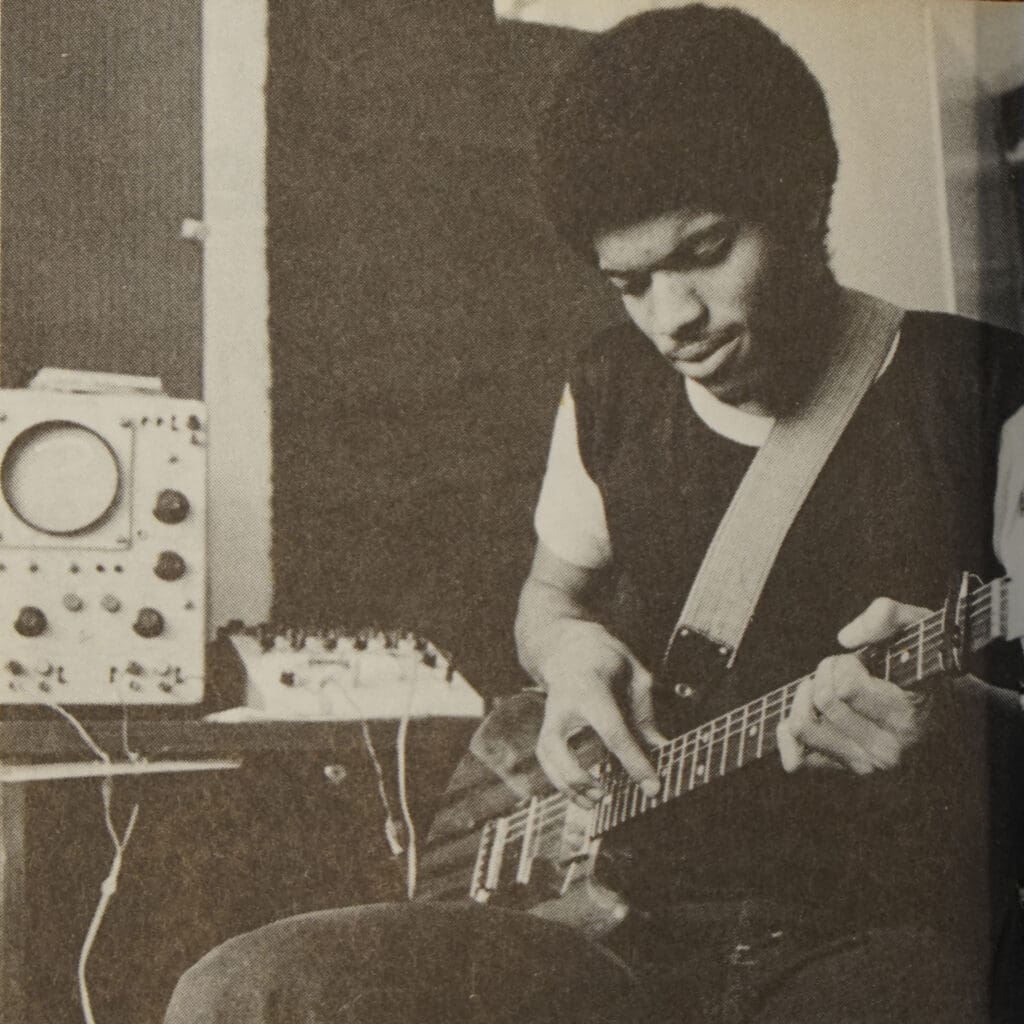
He’s played on the Tonight Show with Johnny Carson. He’s been nominated for four Grammy awards. His debut album, Magic Touch, sat atop the Billboard jazz charts for more than 11 months. He’s played to audiences around the world, crossing genres with virtuosity and a hunger for musical adventure.
He was a formidable guitarist during his undergraduate days at Princeton too. But forty-five years ago, if you were looking for Stanley Jordan on any given midnight, you might just find him in a sub-basement laboratory in the Engineering Quadrangle. Because his passion at the time, the thing that attracted him to Princeton in the first place, was computer music.
It was a relatively new art at the time, led by music faculty on campus like Paul Lansky, as well as engineering faculty like Ken Steiglitz. In those days, getting computers to play music was a big deal, and it required several steps.
After finishing a composition in his dorm room way across campus, he walked over to the Computer Center on Prospect Avenue, where he entered punchcards into the huge computer there. Later he’d receive digital tape, which he’d then walk over the digital-to-analog conversion lab in the EQuad, and only then, after hours of work, would he realize that there was a big fat mistake in the middle of his composition. So he’d go back to his dorm room, and start the process all over again.
This new, second season of “Composers & Computers” tells the three-part story of Stanley Jordan’s time at Princeton, and how, despite years of touring and building his reputation as a jazz master, he never really stopped being a computer musician. It’s filled with interviews with Jordan, as well as lots of music. And to cap it all off, Jordan went back and recreated a lost computer music composition that he originally created during his time at Princeton. We’ll play it for you in Episode Three. Stanley Jordan’s journey has been an example of what amazing things you can do if you have the tools of both an artist and an engineer.
And in the fourth and final episode of this season, we’ll go in a completely different direction, and interview the soprano Bethany Beardslee, collaborator of electronic music composer and Princeton professor Milton Babbitt. She’s also the widow of computer music pioneer and Princeton alumnus and faculty member Godfrey Winham.
The first episode of the new season drops on March 20. Talk with you soon. Peace.
